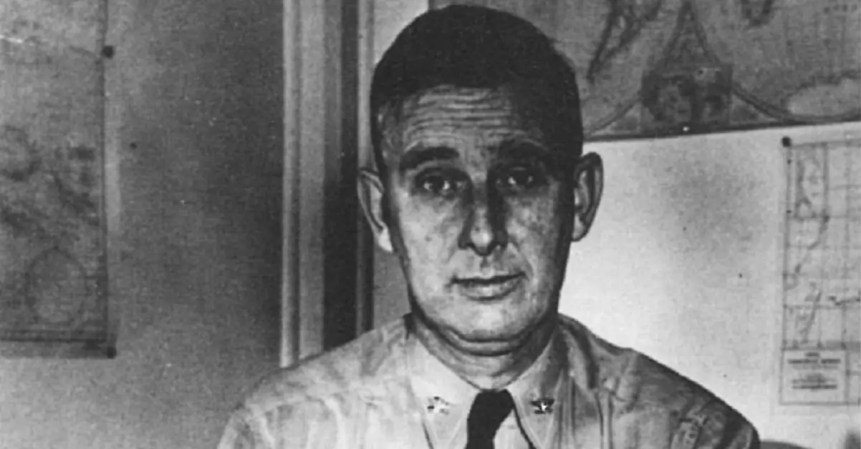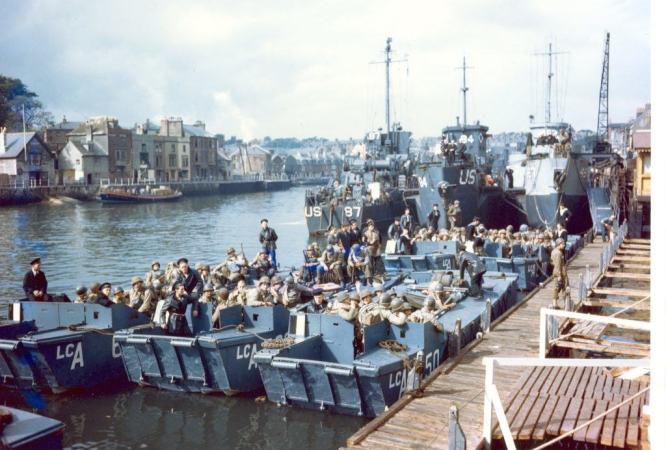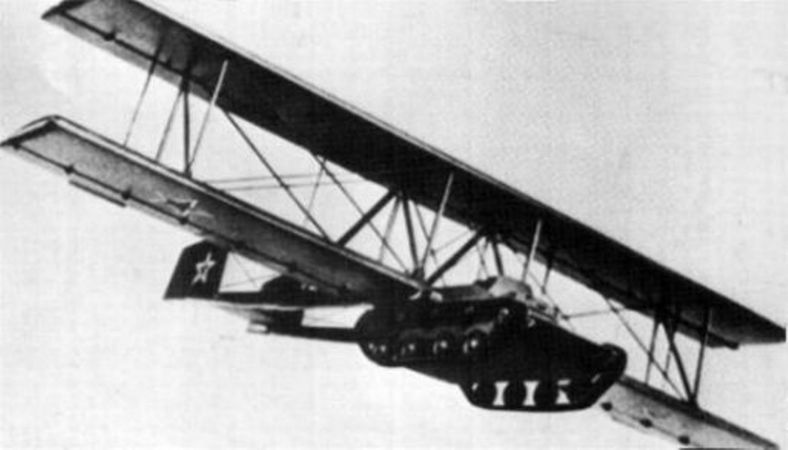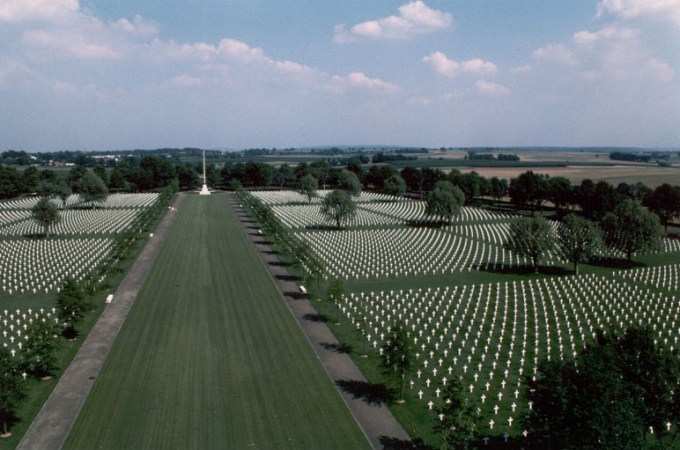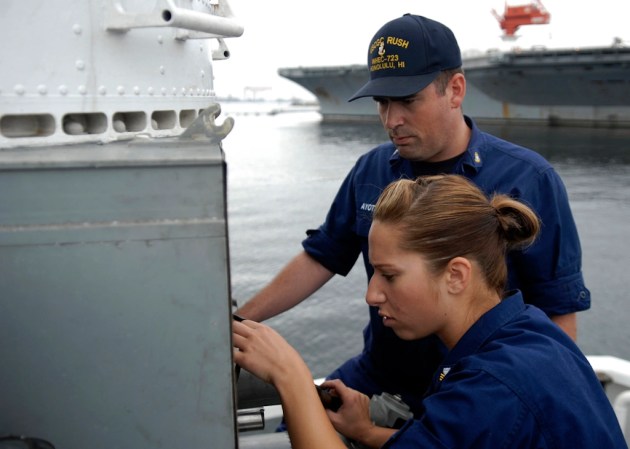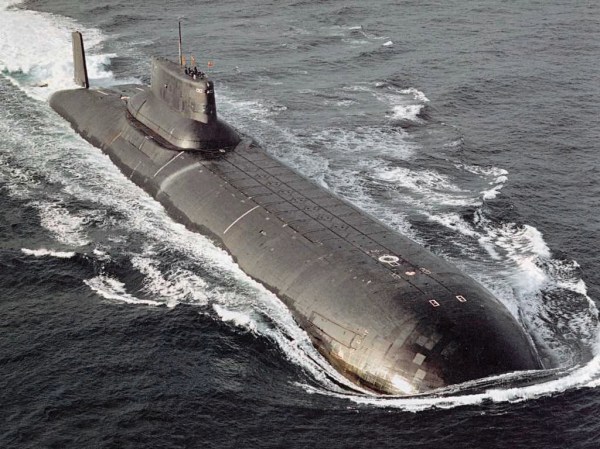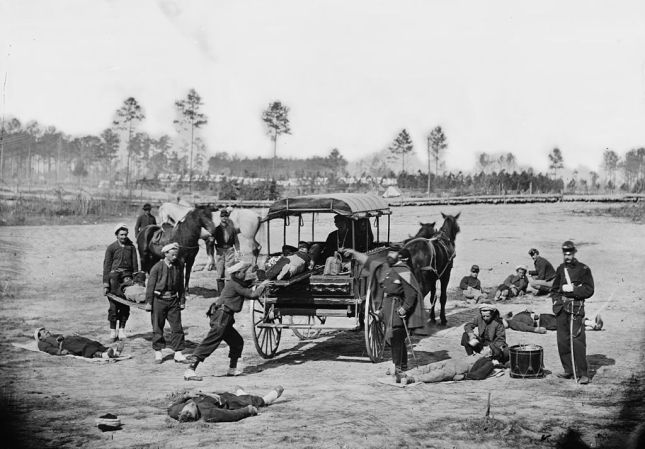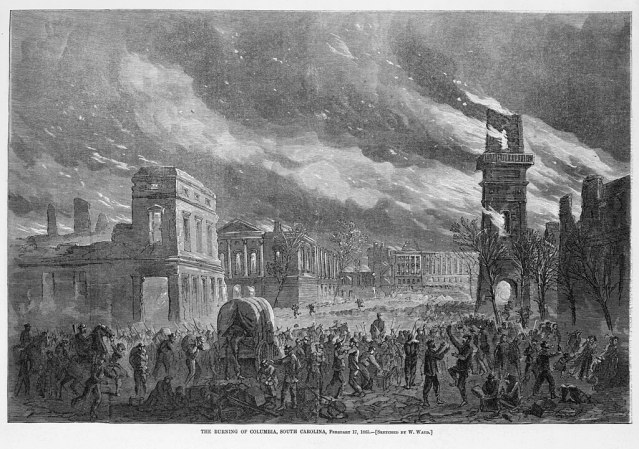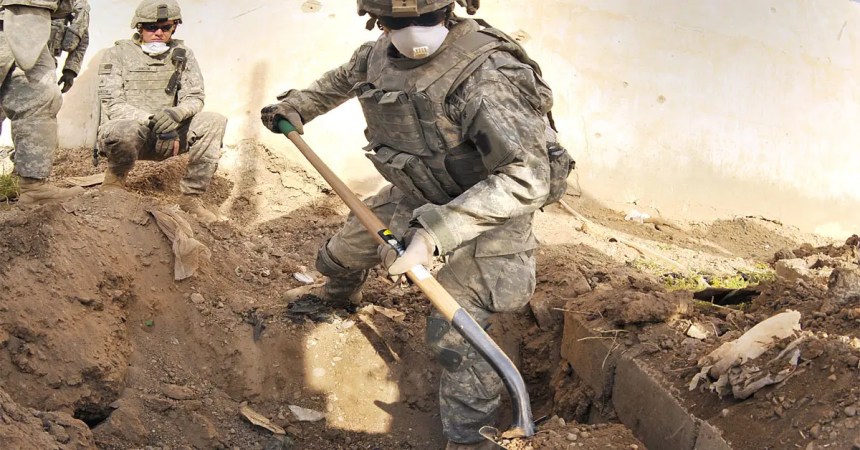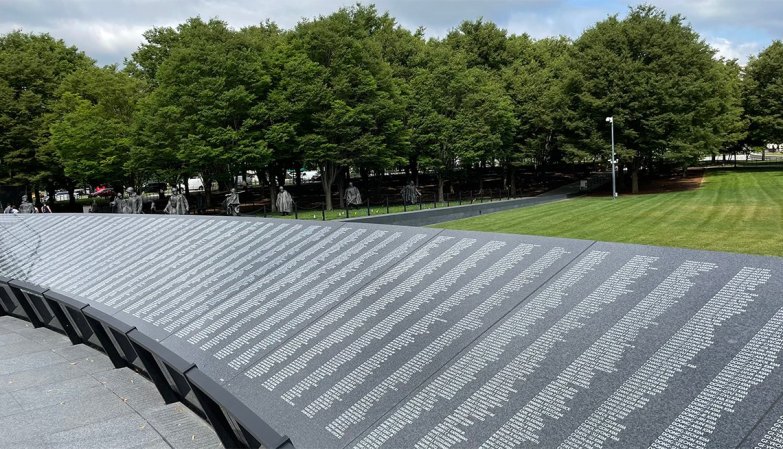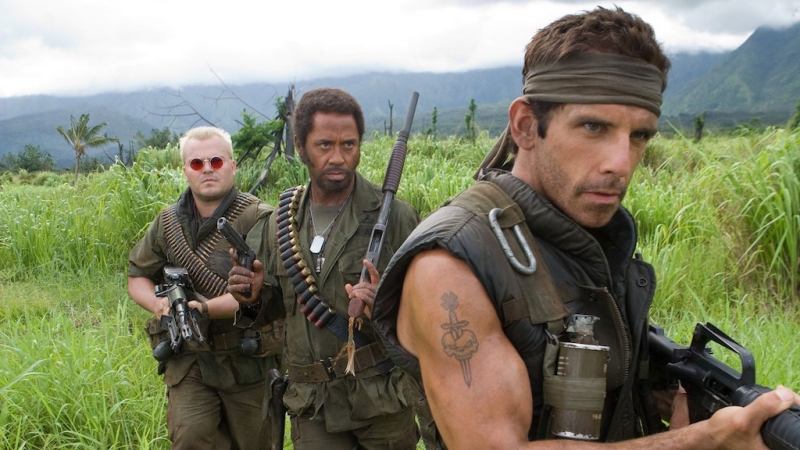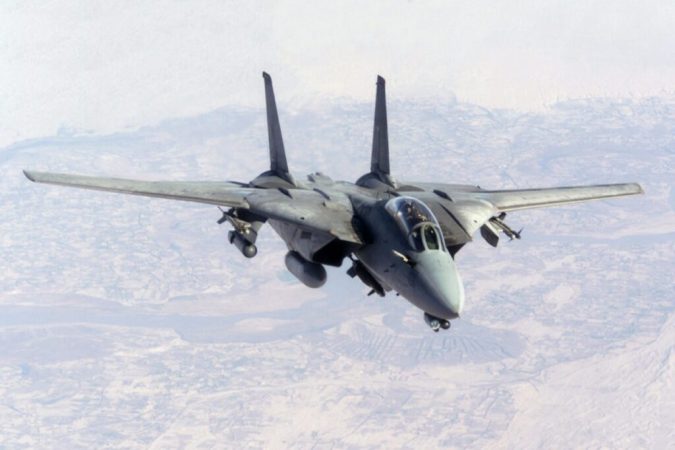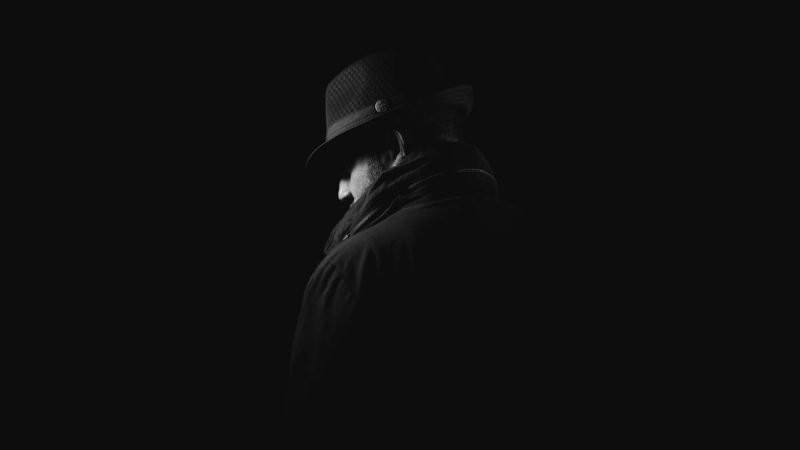The USS Hancock burns after being struck by a kamikaze pilot. (Navy History and Heritage Command)
Everyone knows that, in World War II, you couldn’t find nearly as much information on Twitter or Google. No, if you wanted to learn what was happening on the frontlines of the war in the early 1940s, you had to rely on newsreels played before movies and newspapers.

But the newsreels were the much more visceral way to learn about the conflict. Often, censors would tone down depictions of combat and remove reports of some ship sinkings. But at other times, particularly when personnel were especially heroic, the military would allow reports of a ship sinking and even release the footage.
That was the case with this footage of the fighting on Okinawa and the near-sinking of the USS Franklin, an aircraft carrier hit by a kamikaze strike. The Franklin erupted in flames after the explosion ripped through it, but hundreds of sailors remained at their post even after the fleet’s admiral gave the captain permission to abandon the ship.
Instead, the crew evacuated non-essential personnel and got to work battling the flames and securing volatile ammunition and fuel stores to prevent further explosions. The ship’s chaplain even stayed on duty, performing last rites for the hundreds of young men dead and dying in the stricken ship.

And this footage, much of it shot by military combat cameramen, was released by the military in order to show the heroism of the sailors to moviegoers back home. And, it was combined with footage from the action ashore where soldiers and Marines enjoyed a lightly resisted landing but then had to fight fiercely for every additional yard as cave after cave after cave was found to contain fanatical defenders, well-armed and well-trained to bleed the landing forces dry.
A quick warning before you play the footage, though: This is some of the most visceral footage released by the military during the war, and it contains images of combat on Okinawa and at sea. There are multiple shots of combatants on both sides of the fight as they are dead or dying. So, only forge ahead if you’re prepared to see all of that.



